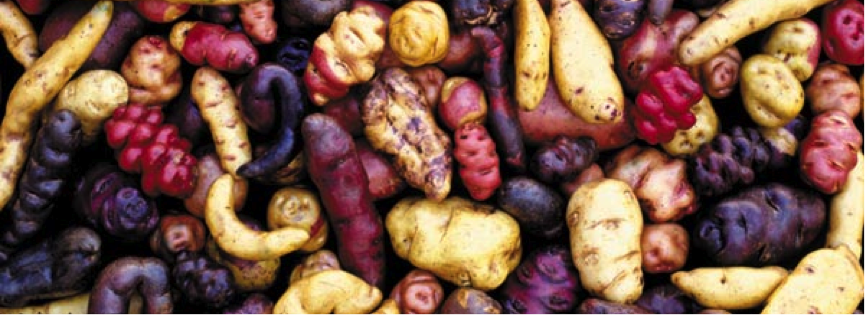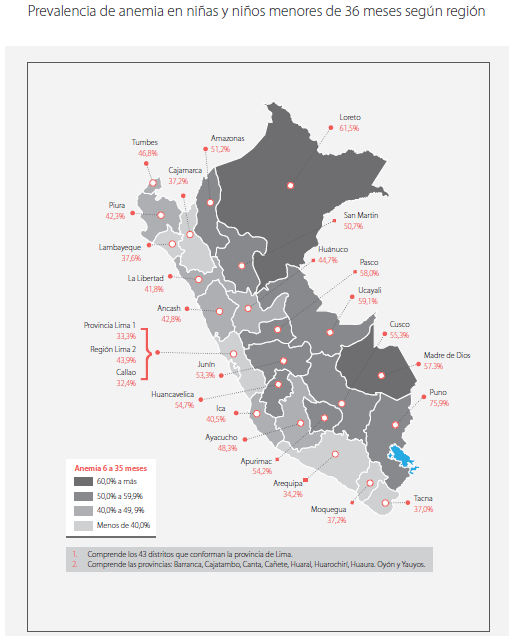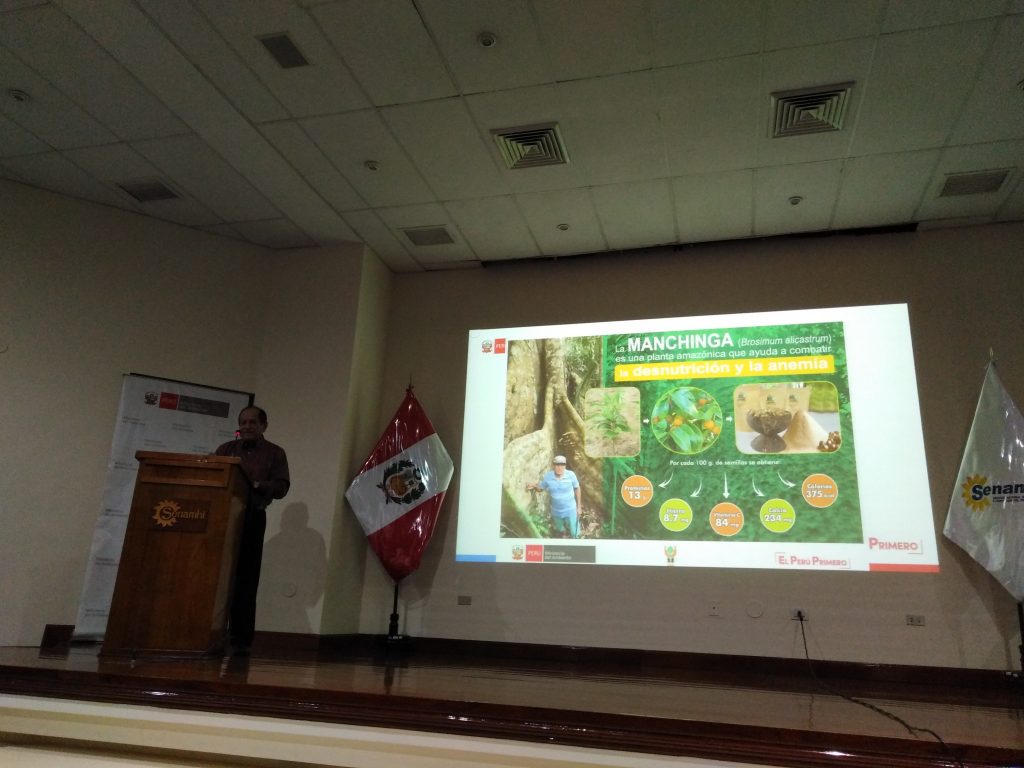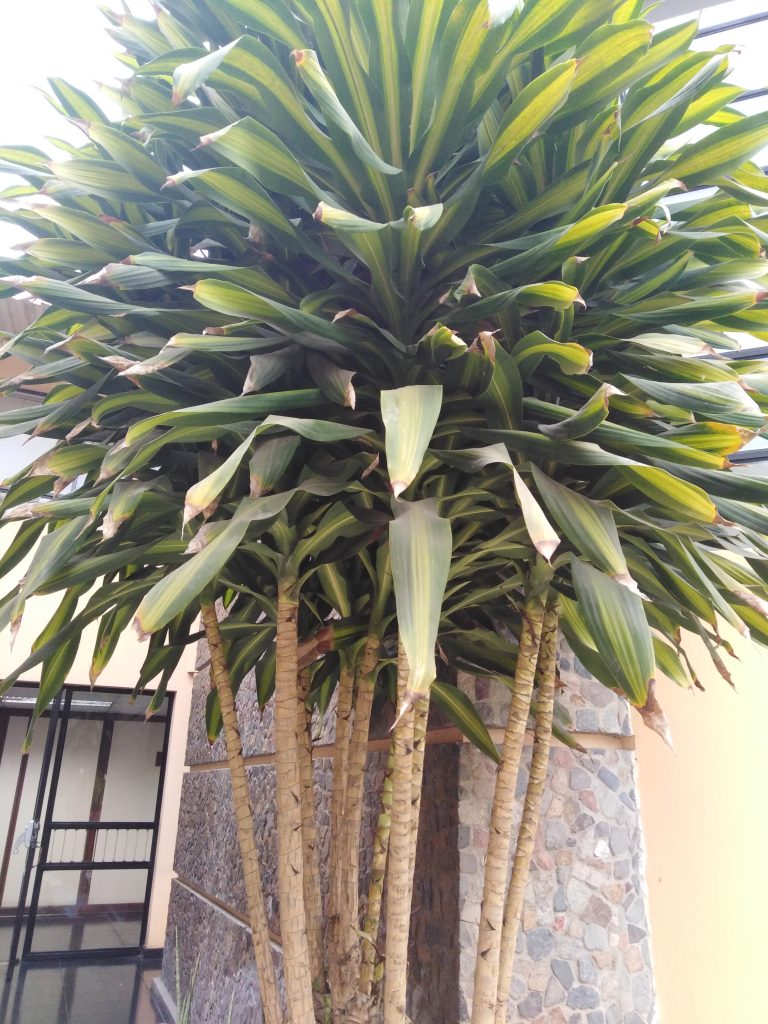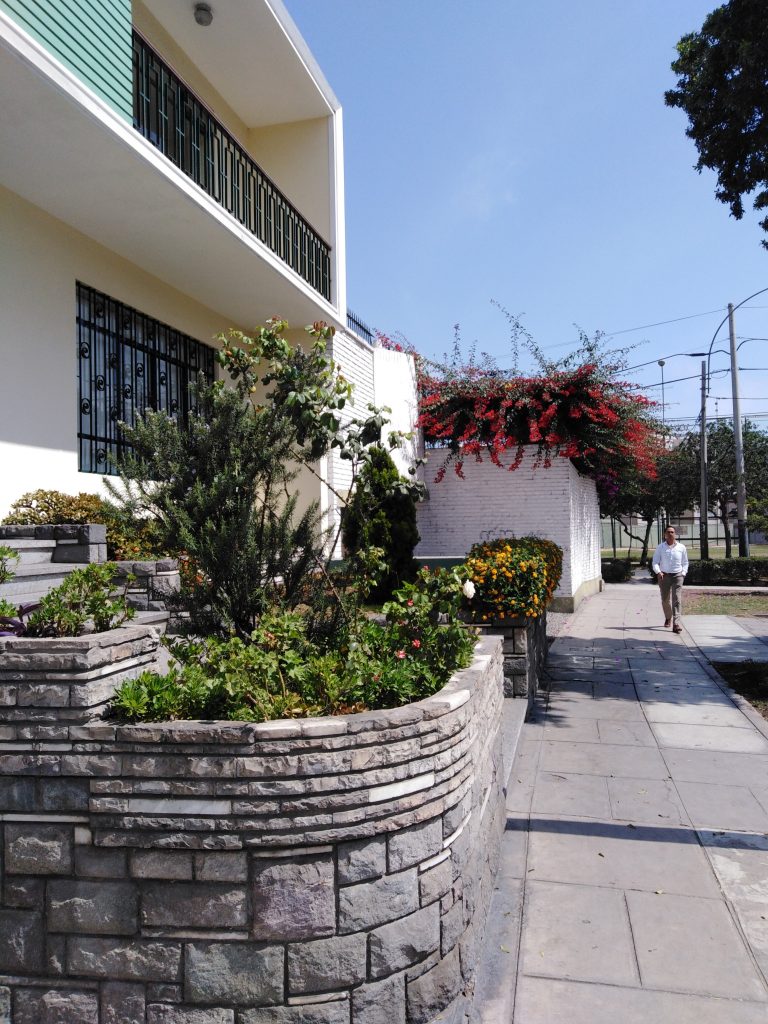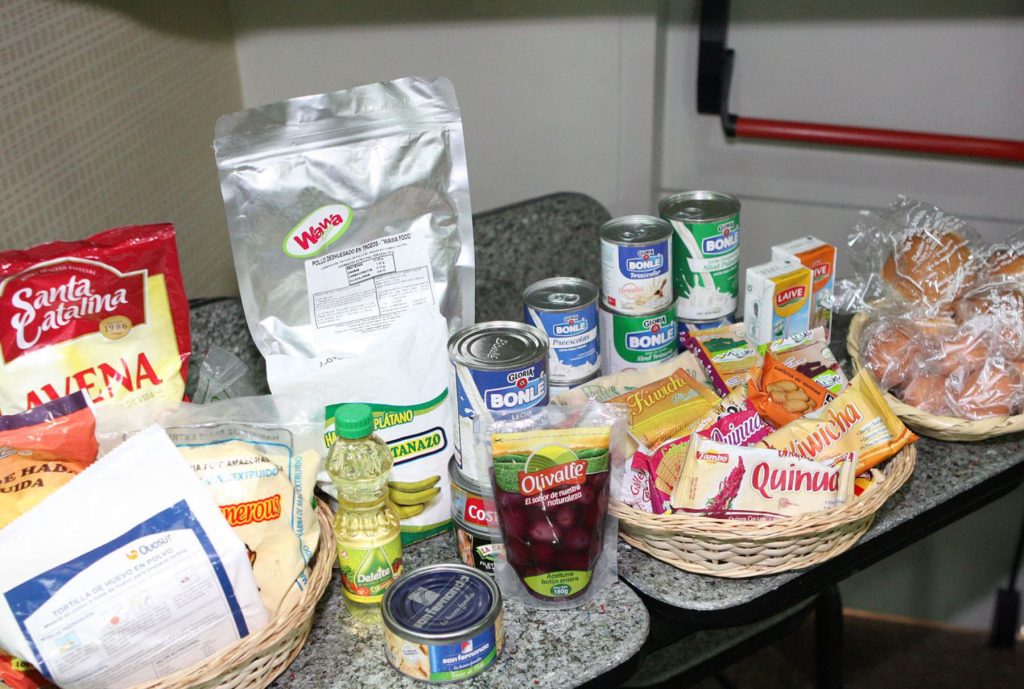The International Association for the Study of the Commons (IASC) held a conference in Lima this past week. The title was: 'In Defense of the Commons: Challenges, Innovation, And Action.' They had a program with sessions Monday-Wednesday, field trips on Thursday, and a final day of sessions on Friday. The conference was held in the Pontifica Universidad Catolica del Peru, which has one of the nicest campuses I've seen:
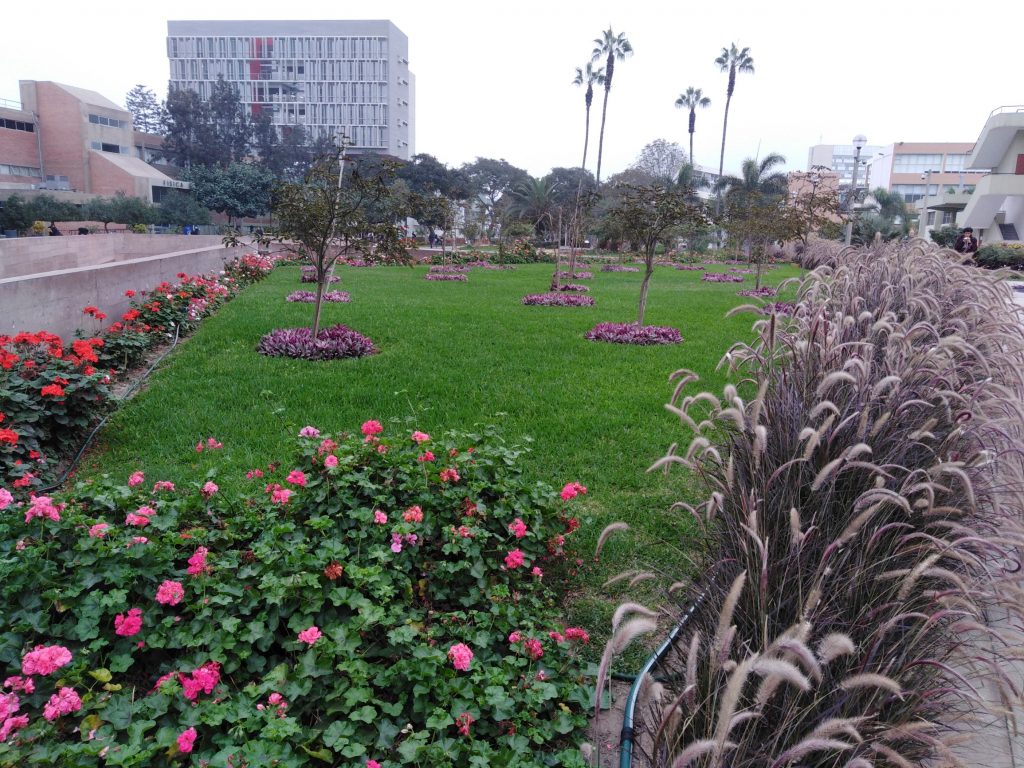
The main sessions I attended were on Friday and were organized by Bioversity International, and focused on PACS, Payments for Agrobiodiversity Conservation Services.
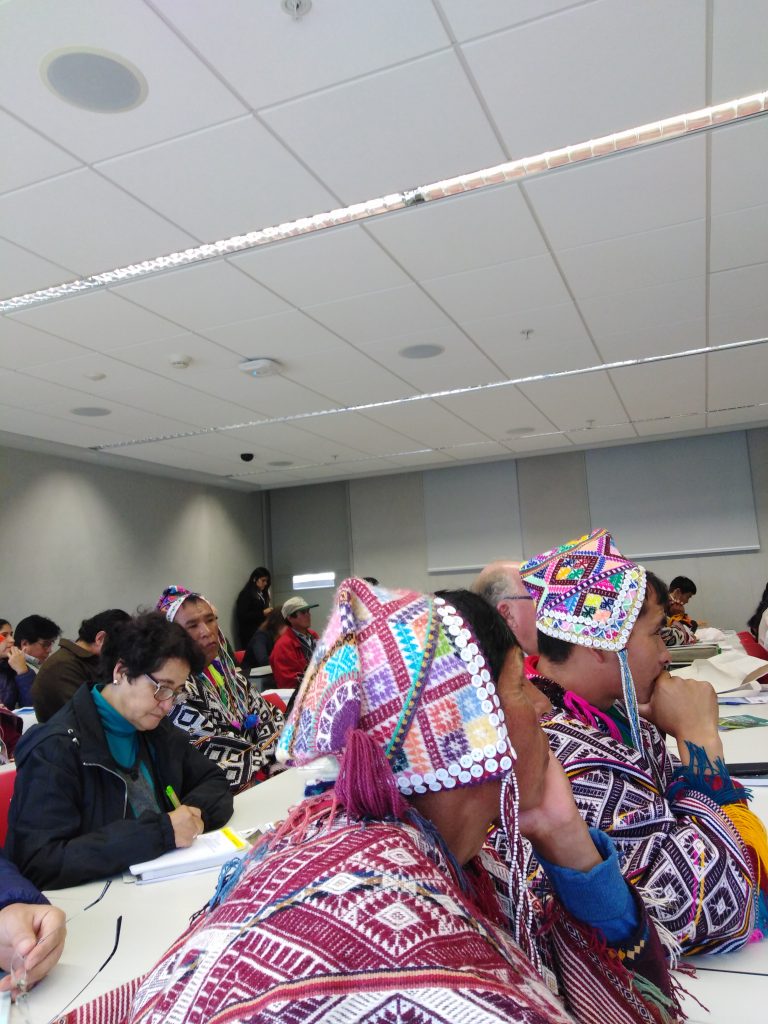
PACS work with local communities to conserve threatened varieties, first by determining what the local varieties are, how much land is planted with these varieties (and by whom), and which varieties should be conserved. Locals have a say in each step of the process and there is competition to find out which communities will participate, building excitement and emotional investment in the scheme. Next, seed is collected; from what I have heard, this can be one of the hardest steps in the process, because there may only be a tiny amount of seed available in any one place. When enough seed is collected, farmers grow the crops; at harvest, a portion of the seed goes to a genebank and the rest the farmers can keep for themselves. In addition, the farmers receive payment of goods; the payment can be shared by the whole community or be parsed out to individual families, and it can be anything from mattresses to processing equipment to building materials: the participants of the program choose what they would like to receive.
In the morning on Friday we heard presentations from a number of speakers, showing how PACS had worked for them. There were examples from a number of places: quinoa in Puno in southern Peru, amaranth in Cusco, Peru, corn in Ecuador, corn in Guatemala, and potatoes in Apurimac in the southern Andes of Peru. In all these cases but one, representatives of the farming communities involved spoke about their experiences, either about the new passion they felt for conservation or the affirmation of their prior convictions. The farmer from Puno came with four samples of quinoa and spoke about how radically her life had changed for the better by conserving these varieties.
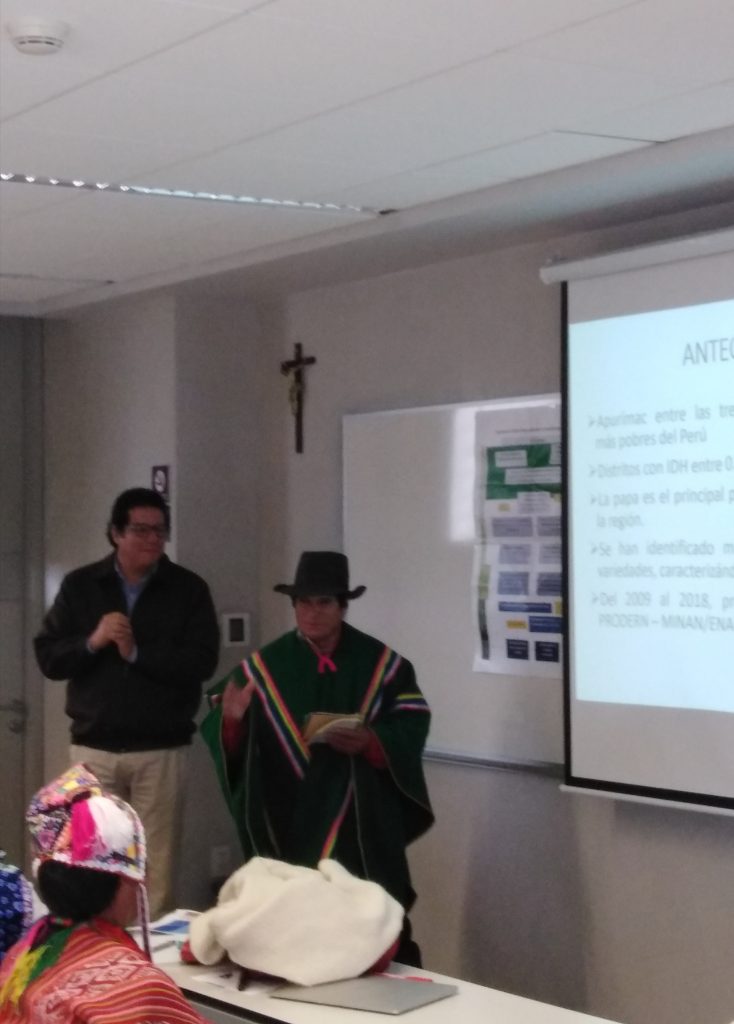
After lunch, we broke into working groups of different categories, looking to build upon the experiences of PACS and to make them better. These groups focused on an array of topics: monitoring, conservation (including with traditional knowledge), development of value chains, access to seeds and seed banks, financing and regulation, and finally, public procurement programs.
I ended up leading that last group, considering that I was the one with the most current knowledge base of the four of us who were participating. However, one of the members was part of the administration of Qali Warma in Cusco, so no one in the group was green to the issue.
Public procurement may not at first blush seem like a logical transition from biodiversity conservation, but considering that bringing native varieties securely out of danger requires having enough land devoted to its cultivation and a market for its sale, public procurement makes sense. If a government prioritizes biodiversity, it provides a ready-made market for these varieties and products made with these varieties.
Our group spoke a lot about the twin routes for change in the system: producers need to be empowered and organized, linked with financing but also with small businesses that can make products of high quality that could be sold to the government for its programs. In return, the government must make sure that the door is open to these producers and these businesses.

Of course, this is much easier said than done. Given the sheer number of receipts that the program has to manage, sourcing from places that would provide smaller quantities would bog down the bureaucracy, and sanitation requirements would incur costs of money and time for farmers. However, it was the consensus of the group that these changes are valuable and worth the trouble.
